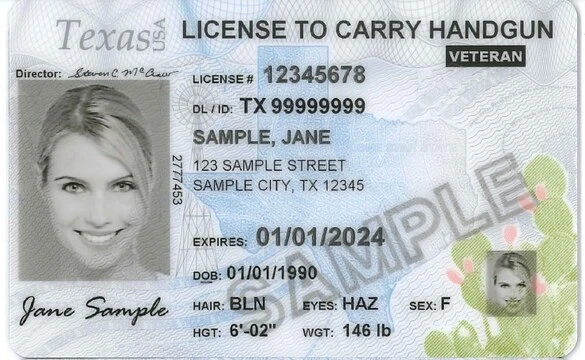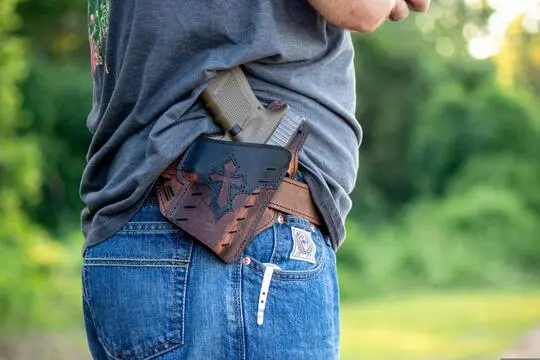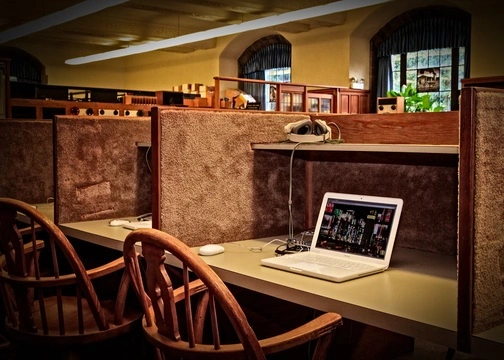Self-defense is a critical skill that everyone should have, yet many people are unprepared for the high-stress situations that can arise. In a moment of danger, your brain's response can mean the difference between life and death. Understanding the psychology behind self-defense can help you better control your responses and react quickly in dangerous situations. In this article, we'll explore the science behind how the brain responds in high-pressure situations and offer tips on how to better control your responses in a self-defense scenario.
Brain Response in High-Stress Situations
When faced with a threat, your brain activates the fight or flight response, a survival mechanism that prepares your body for action. This response is triggered by the release of hormones such as adrenaline and cortisol, which cause your heart rate and blood pressure to increase, your breathing to become faster and shallower, and your muscles to tense up. These physiological changes are designed to help you either fight off the threat or run away from it. However, in a self-defense scenario, it's important to control your response to avoid making the situation worse.
Controlling Responses in Self-Defense
When your brain's fight or flight response is activated, it can be difficult to think clearly and make rational decisions. This can lead to panic, which can make the situation worse. To achieve better cognitive control and regulate your responses, try the following techniques:
- Take Deep Breaths: Taking deep breaths can help calm your body and reduce the physiological symptoms of stress. By slowing down your breathing and taking deep, controlled breaths, you can help activate the parasympathetic nervous system, which is responsible for calming the body.
- Focus on Your Surroundings: Maintaining situational awareness is critical in a self-defense scenario. Rather than becoming overwhelmed by fear or panic, try to focus on your surroundings. Take note of any potential threats, exits, or safe spaces you could use to defend yourself.
- Mentally Rehearse Potential Scenarios: Mental rehearsal can help you prepare for potential threats and stay calm under pressure. Visualize potential scenarios and practice how you would respond. This can help you build confidence and feel more prepared in a real-life situation.
- Use Emotional Regulation Techniques: Techniques such as mindfulness can help you stay calm and focused in high-stress situations. Mindfulness involves paying attention to the present moment without judgment. By focusing on your breath, sensations in your body, or other sensory experiences, you can help quiet your mind and regulate your emotions.
It's important to note that different techniques will work for different people. Experiment with different strategies to find what works best for you. By learning to regulate your responses in a self-defense scenario, you can improve your chances of staying safe and minimizing harm to yourself or others.
Psychological Preparation for Self-Defense
Preparing yourself mentally can help you stay calm and focused in high-pressure situations, enabling you to make better decisions and respond more effectively to potential threats. The following techniques can help you develop the psychological skills you need to handle a self-defense scenario:
- Mental Training: Mental training involves practicing self-defense techniques in your mind. Visualizing potential scenarios and practicing how you would respond can help you build confidence and prepare yourself mentally for a real-life situation. Mental training can also help you identify potential threats and plan your response accordingly.
- Mindfulness Techniques: Mindfulness involves paying attention to the present moment without judgment. By focusing on your breath, sensations in your body, or other sensory experiences, you can help quiet your mind and regulate your emotions. Practicing mindfulness can help you stay calm and focused in high-pressure situations.
- Situational Awareness: Situational awareness involves being aware of your surroundings and potential threats. By observing your environment and identifying potential dangers, you can take steps to avoid or neutralize threats before they become dangerous. Situational awareness also involves understanding how your behavior might affect your safety and taking steps to minimize risk.
- Confidence Building: Building your confidence can help you stay calm and focused in high-pressure situations. This can be achieved through practicing self-defense techniques, mental training, and visualization exercises. By building your confidence, you can better handle potentially dangerous situations and respond more effectively to potential threats.
It's important to remember that psychological preparation is not a one-time event, but an ongoing process. By continually practicing and refining your skills, you can build the psychological resilience you need to handle any self-defense scenario with confidence.
Self-Defense Techniques for High-Stress Situations
Effective self-defense techniques can help you neutralize a threat and create an opportunity to escape. The following are some of the top self-defense techniques for high-stress situations:
- Krav Maga: Krav Maga is a self-defense system developed by the Israeli military. It emphasizes practical, real-world techniques for neutralizing threats quickly and efficiently. Krav Maga techniques are designed to be simple and easy to remember, making them ideal for high-pressure situations.
- Brazilian Jiu-Jitsu: Brazilian Jiu-Jitsu is a martial art that focuses on grappling and ground fighting. It teaches techniques for taking an attacker to the ground and neutralizing the threat through joint locks, chokes, and other submissions. Brazilian Jiu-Jitsu techniques can be highly effective in self-defense scenarios, especially if you are physically smaller than your attacker.
- Boxing: Boxing is a combat sport that teaches striking techniques using the fists. It can be highly effective in a self-defense scenario if you know how to punch effectively and avoid getting hit. Boxing techniques can help you create distance from an attacker and create an opportunity to escape.
- Escaping Techniques: Escaping techniques involve learning how to break free from an attacker's grip and create space to run away. Techniques such as wrist releases, arm bars, and headlocks can help you escape from a variety of attacks and create an opportunity to flee to safety.
- Tactical Firearms Training: This is a firearms training website - can we really talk about self defense without mentioning our own services?
Remember, effective self-defense is not just about physical techniques, but also about situational awareness, risk management, and crisis management. Understanding how to neutralize a threat quickly and efficiently can be critical in a high-stress situation, but so is recognizing when to avoid a confrontation altogether. By combining effective self-defense techniques with psychological preparation and risk management strategies, you can better prepare yourself to stay safe in a dangerous world.
Personal Safety and Risk Management Strategies
The following are some effective strategies that you can use to help keep yourself safe:
- Situational Awareness: Situational awareness is the ability to identify potential threats and respond accordingly. By being aware of your surroundings and observing potential threats, you can take steps to avoid or neutralize them before they become dangerous. Situational awareness also involves understanding how your behavior might affect your safety and taking steps to minimize risk.
- Trusting Your Instincts: Your instincts are an important tool in personal safety. If something feels off or dangerous, trust your gut and take steps to protect yourself. Avoid situations that make you feel uncomfortable or unsafe, and don't be afraid to leave a situation if you feel threatened.
- Avoiding Isolated Areas: Isolated areas can be dangerous, especially if you are alone. Try to stay in well-lit areas with plenty of people around, and avoid walking alone at night. If you must be in an isolated area, stay aware of your surroundings and potential threats.
- Emergency Preparedness: Being prepared for emergencies can be critical in a self-defense scenario. Keep a phone with you at all times, and make sure you know how to use it to call for help. Consider taking a self-defense class to learn effective techniques for defending yourself.
- Crisis Management: Crisis management involves knowing how to respond in a dangerous situation. If you are confronted by an attacker, try to create distance and create an opportunity to escape. Use effective self-defense techniques to neutralize the threat quickly and efficiently. If you can't escape, be prepared to defend yourself until help arrives.
Remember, personal safety and risk management is not just about physical techniques, but also about situational awareness and psychological preparation. By combining effective self-defense techniques with risk management strategies, emergency preparedness, and crisis management, you can better prepare yourself to stay safe in a dangerous world.
Conclusion
Self-defense is a critical skill that everyone should have. By understanding the psychology behind how the brain responds in high-pressure situations, you can better control your responses and react quickly in dangerous situations. Through techniques such as cognitive control, emotional regulation, mental training, and situational awareness, you can prepare yourself to face any threat with confidence. Remember, preparation is key to preventing panic and making sound decisions under stress.




